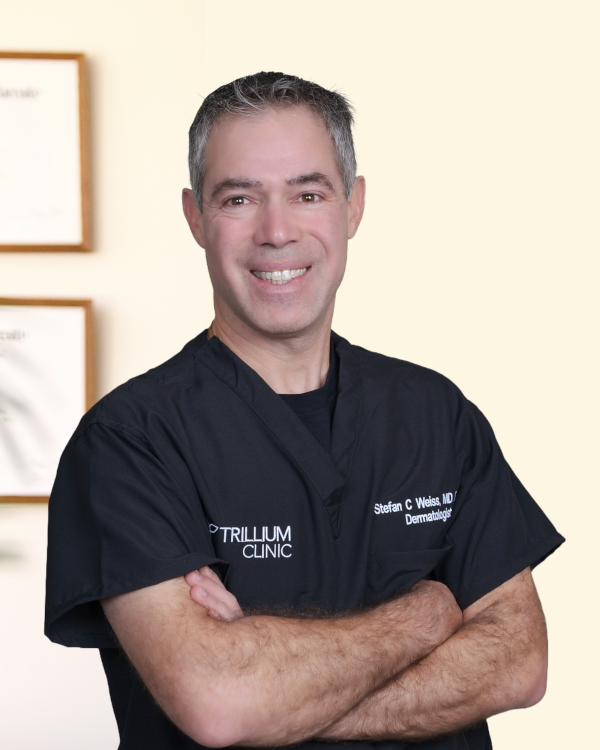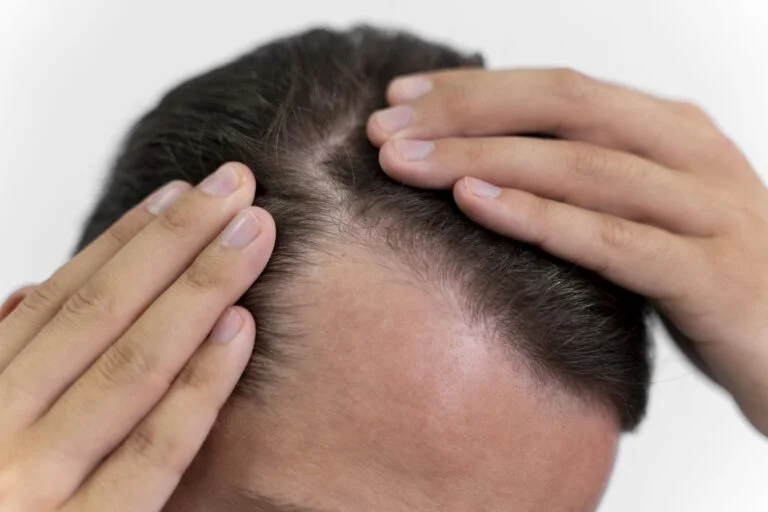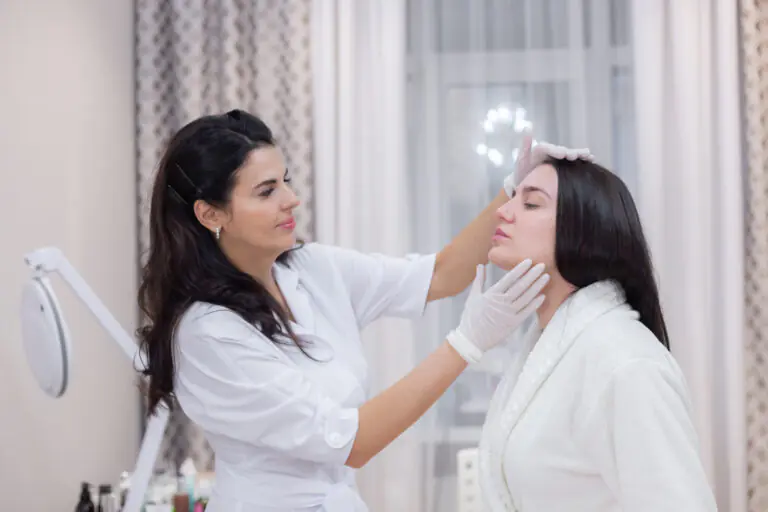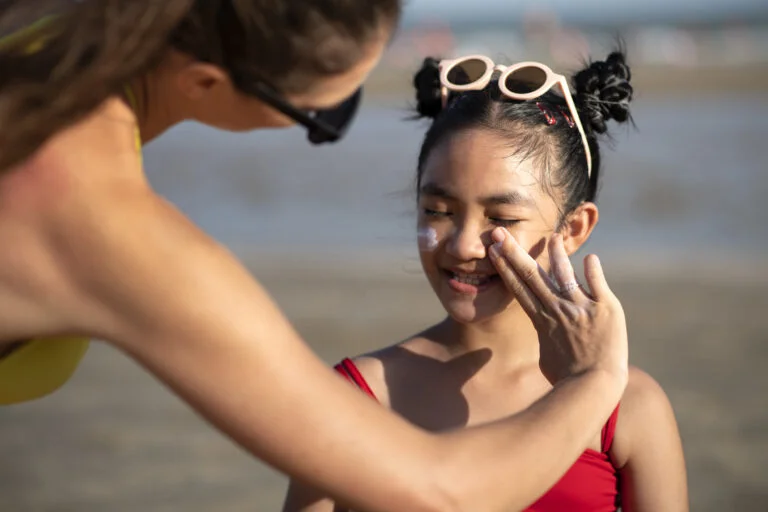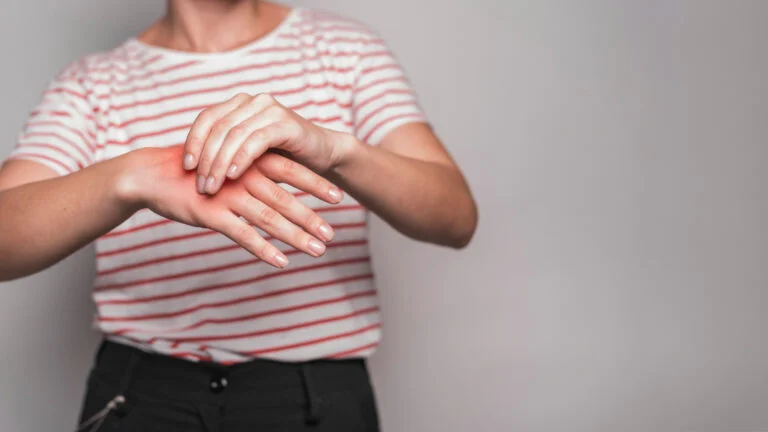Acne isn’t just a concern for teenagers—it’s a persistent skin condition that can impact individuals at any age. For many patients, over-the-counter treatments or topical prescriptions don’t quite cut it. That’s where professional interventions like chemical peels come in.
In this blog post, we’ll walk you through everything you need to know about chemical peels for acne—from how they work to which type is best for your skin, and What you should know about chemical peel treatments and recovery.
What Is a Chemical Peel?
A chemical peel is a skin resurfacing procedure that involves applying a chemical solution to the skin, causing it to exfoliate and eventually peel off. The new skin underneath is usually smoother, less wrinkled, and, importantly for acne patients—less clogged and inflamed.
Chemical peels vary in strength:
- Superficial peels: Light acids (like alpha-hydroxy acids or salicylic acid) exfoliate the outermost layer.
- Medium peels: Trichloroacetic acid (TCA) penetrates deeper into the skin.
- Deep peels: Phenol or high-strength TCA affects deeper skin layers but requires more downtime.
When it comes to acne treatment, superficial and medium peels are the most commonly used.
How Do Chemical Peels Help Acne?
Chemical peels address multiple underlying factors that contribute to acne:
- Excess oil production
- Clogged pores (comedones)
- Dead skin cell buildup
- Inflammation and bacteria
- Post-acne marks (PIH and mild scarring)
Here’s how they work:
- Exfoliation: Chemical peels help remove the outer layer of dead skin cells and debris that contribute to clogged pores.
- Oil regulation: Certain peels, especially those with salicylic acid, penetrate oil glands and help reduce excess sebum.
- Antibacterial action: Ingredients like glycolic acid and lactic acid have mild antimicrobial properties.
Scar & discoloration fading: With repeated skin treatment, peels can lighten post-inflammatory hyperpigmentation and even improve mild acne scars.
Best Chemical Peels for Acne-Prone Skin
Not all peels are created equal. A dermatologist will customize the solution depending on your skin type, acne condition, and treatment objectives. These are some of the top options for acne-prone skin:
1. Salicylic Acid Peel (Beta-Hydroxy Acid)
- Best for: Oily, acne-prone skin
- How it works: Oil-soluble and penetrates deeply into pores. Helps dissolve blackheads and reduce inflammation.
- Bonus: Antibacterial and anti-inflammatory properties.
2. Glycolic Acid Peel (Alpha-Hydroxy Acid)
- Best for: Dull skin with acne and pigmentation
- How it works: Water-soluble acid that exfoliates the top layer of skin. Promotes collagen production and skin renewal.
- Bonus: Improves skin texture and post-acne discoloration.
3. Lactic Acid Peel
- Best for: Sensitive or dry acne-prone skin
- How it works: Milder than glycolic, this peel exfoliates while retaining moisture.
- Bonus: Brightens skin and improves uneven tone.
4. TCA Peel (Trichloroacetic Acid)
- Best for: Stubborn acne, pigmentation, and shallow scarring
- How it works: Medium-depth exfoliation that helps with acne lesions and post-inflammatory discoloration.
- Bonus: Can be combined with other skin care treatments like microneedling for enhanced results.
What to Expect During Your Treatment
Step-by-Step Process:
- Consultation: We evaluate your skin condition, history, and treatment goals.
- Pre-treatment prep: You may be advised to use certain skincare products like retinoids or avoid exfoliants for a few days prior.
- The peel: The solution is applied and left on the skin for a set amount of time. You may feel tingling or warmth.
- Neutralization & moisturization: The acid is neutralized (if needed), and calming products are applied.
Treatment time: 15–30 minutes
Downtime: Minimal to moderate, depending on the depth of the peel.
Recovery and Aftercare
Post-treatment, your skin might experience dryness, redness, or tightness. Peeling usually begins within 2–3 days and can last up to a week. Follow these tips during the recovery period:
Aftercare Tips:
- Do not pick or peel the skin.
- Use a gentle, hydrating cleanser.
- Moisturize liberally.
- Steer clear of direct sunlight and use broad-spectrum SPF 30+.
- Skip harsh products like retinoids or AHAs until your provider gives the green light.
If your skin feels irritated, don’t panic—this is part of the renewal process. That said, always let your provider know if you experience significant discomfort or prolonged redness.
How Many Peels Will You Need?
While some improvement is often seen after one treatment, chemical peels work best in a series.
We usually recommend:
- 3–6 treatments spaced 2–4 weeks apart for optimal acne control and skin renewal.
- Maintenance peels every few months, depending on skin goals.
If acne scars are also a concern, peels can be part of a broader regimen that may include microneedling, laser resurfacing, or subcision.
Are Chemical Peels Safe for All Skin Types?
In the hands of a trained dermatologist, chemical peels are safe and effective for most skin tones—including deeper complexions. However, certain precautions are necessary:
- For skin of color (Fitzpatrick IV–VI): Lower concentrations and prepping the skin with pigment-inhibiting agents to reduce risk of post-inflammatory hyperpigmentation (PIH) can be advised.
- Sensitive or eczema-prone skin: May require milder peels and longer intervals between sessions.
Our team personalizes every treatment plan to ensure safety, comfort, and results.
Who Should Avoid Chemical Peels?
You may not be suited for chemical peels if you:
- Are pregnant or breastfeeding
- Have an active skin infection (e.g., cold sores)
- Have open wounds or severe eczema/rosacea
- Have recently used Accutane (within 6 months)
- Are prone to keloids
Don’t worry—there are many other effective acne treatments, and we’ll work with you to find the right one.
Combining Peels With Other Acne Treatments
Chemical peels are often combined with:
- Topical prescriptions (retinoids, benzoyl peroxide)
- Oral medications (antibiotics)
- Laser or light therapies (like AviClear)
We craft multi-modal regimens that address acne from every angle—for faster, more sustainable results.
Final Thoughts: Are Chemical Peels Right for You?
Chemical peels can be a game-changer for acne-prone skin—reducing breakouts, unclogging pores, and fading stubborn marks. But not every chemical peel treatment is right for every skin type. That’s why it’s so important to work with an experienced dermatologist who can personalize your skin care treatment. At Trillium Clinic, we blend medical expertise with aesthetic insight to help you look and feel your best. Whether you’re battling breakouts or trying to reclaim smooth, clear skin, we’re here to help.

